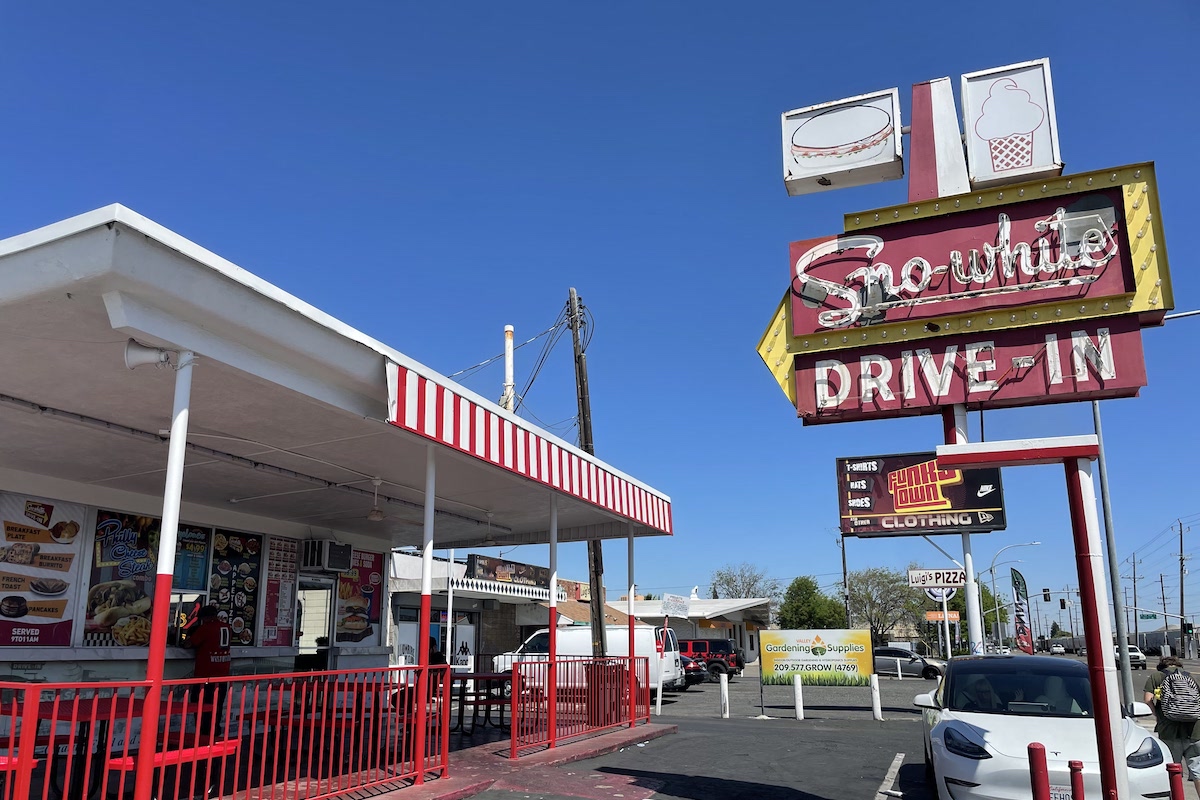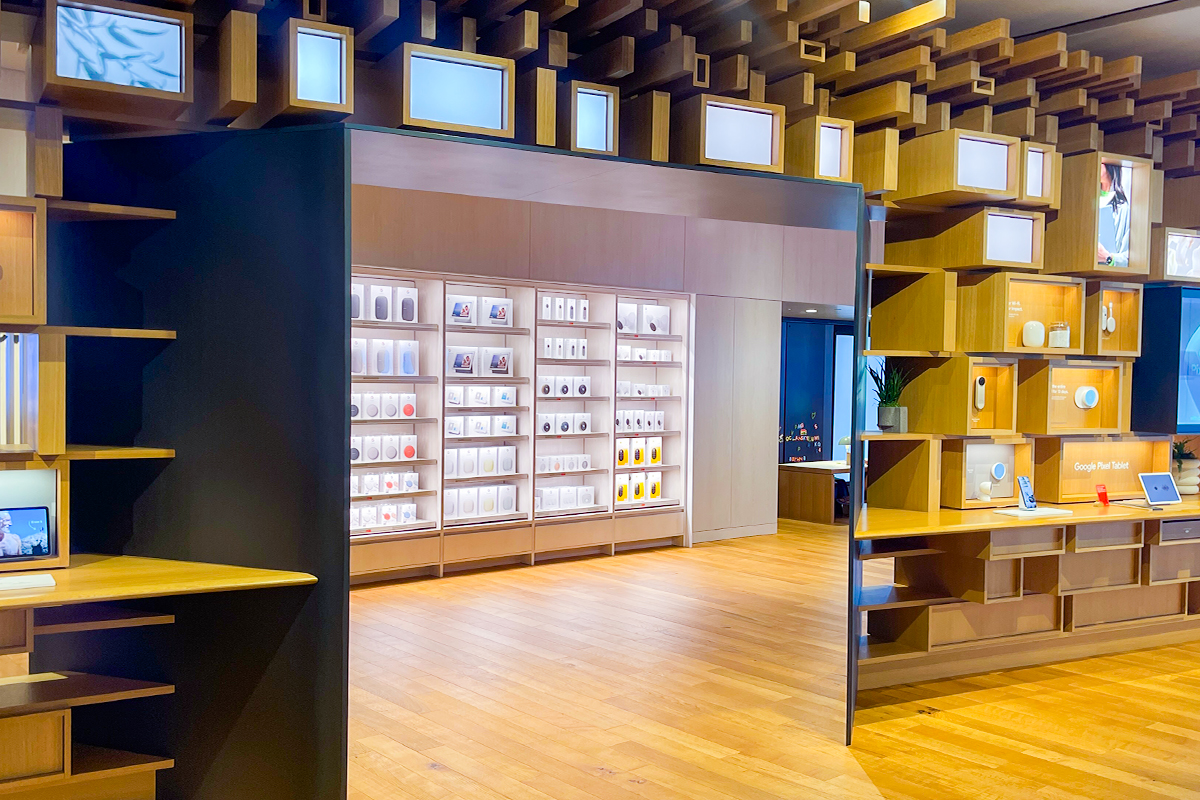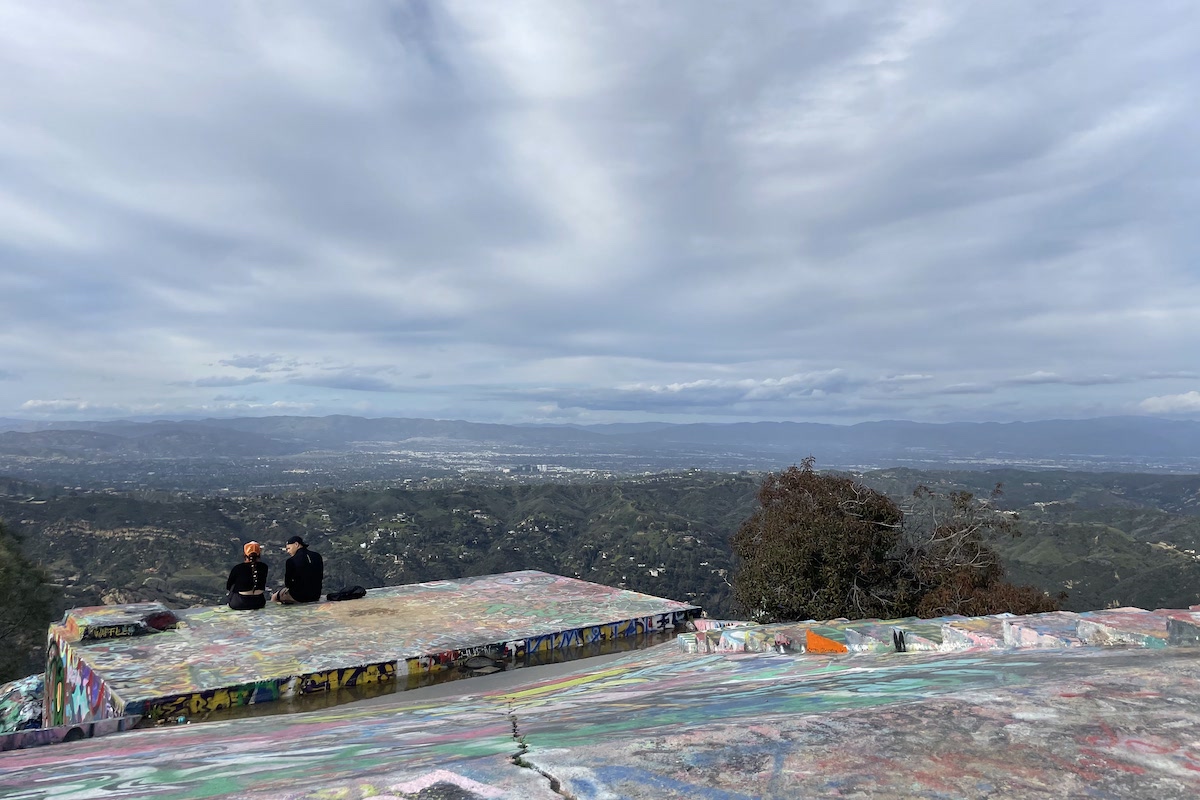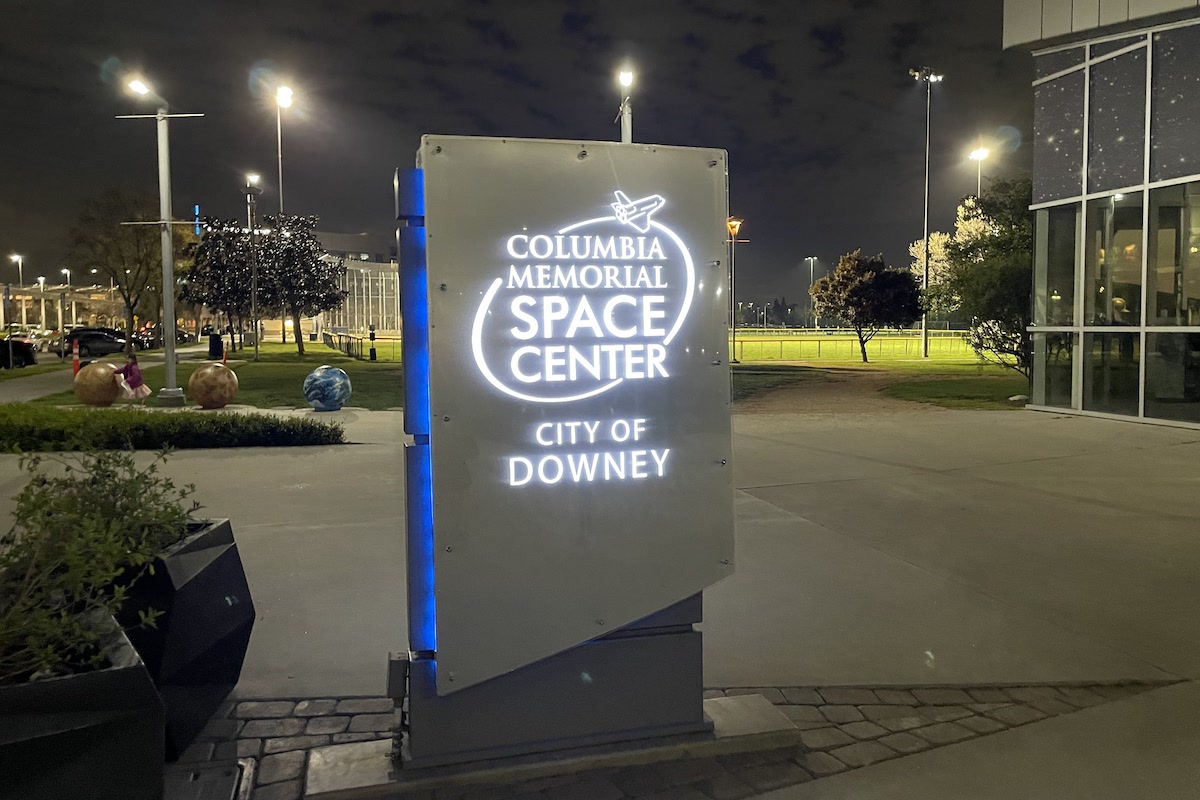Nestled in California’s fertile Central Valley, Modesto is a city that might seem modest at first glance but holds a special place in American pop culture, thanks to its link to one of the most endearing films of the 20th century—George Lucas’s “American Graffiti.” This cinematic tribute to teenage life in the early 60s not only captures the essence of a generation but has also permanently marked the city of Modesto on the cultural map of America.
Modesto’s Beginnings and Agricultural Roots
Before diving into the neon-lit streets of “American Graffiti,” let’s take a step back to understand Modesto’s origins. Founded in 1870 as a stop on the railroad between Los Angeles and Sacramento, Modesto was originally slated to be named after financier William C. Ralston. However, modesty led him to decline the honor, and the city found its name in the Spanish for ‘modesty.’
From its early days, Modesto’s fertile land made it a powerhouse in agriculture. Today, it thrives on a diverse mix of almonds, dairy, and wine—thanks largely to the E & J Gallo Winery, the largest family-owned winery in the United States, which calls Modesto home.
Enter “American Graffiti”
Fast forward to 1973, when a young George Lucas transformed his experiences growing up in Modesto into a film that would become a nostalgic emblem for the era. “American Graffiti,” filmed primarily in Petaluma, CA, about 100 miles away, channels Modesto’s 1962 ambiance, capturing the last night of summer for a group of teenagers before they move on to adulthood.
The film’s plot is a simple yet evocative portrayal of youth, filled with cruising, rock ‘n’ roll, and drive-ins. Yet, its impact is profound, bringing to life the vibrant car culture that was central to many American teens during that period. Characters like Ron Howard’s Steve Bolander and Richard Dreyfuss’s Curt Henderson resonate with universal themes of ambition, nostalgia, and the bittersweet nature of change.
Soundtrack to a Generation
One cannot discuss “American Graffiti” without nodding to its groundbreaking soundtrack. Featuring over 40 hits from the late 50s and early 60s, the film’s music is a rolling memory lane, a constant backdrop that turns the radio dial into a time machine. This was revolutionary at the time, as it eschewed traditional film scores for pop songs that acted as both score and narrative thread.
Modesto Today: Embracing its Legacy
Today, Modesto embraces its association with “American Graffiti” wholeheartedly. The city hosts an annual “Graffiti Summer” festival, celebrating the film and its depiction of 50s and 60s car culture with parades, street fairs, and music. The spirit of the film is palpable as vintage cars line the streets, bringing the past alive, much to the delight of both residents and visitors.
The Modesto Arch, standing proudly with its motto “Water Wealth Contentment Health,” serves as a gateway not just to the city but to a bygone era that “American Graffiti” immortalized.
In Conclusion
Modesto’s blend of rich agricultural history and cultural significance offers more than meets the eye. Through “American Graffiti,” George Lucas did not just make a film; he crafted a love letter to his youth in Modesto, a testament to the timeless allure of being young and restless. For anyone looking to understand the charm of this Central Valley city, a viewing of “American Graffiti” is a great start. But to truly feel its pulse, one must walk its streets, visit during the Graffiti Summer festival, and maybe, just maybe, catch a glimpse of the past in the chrome reflection of a classic car.





